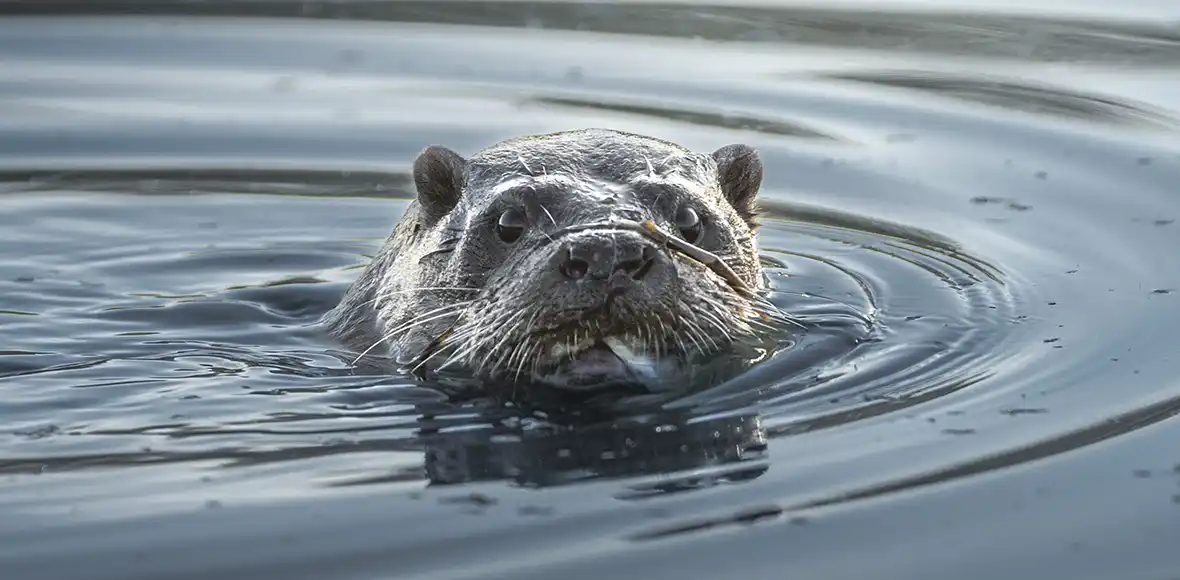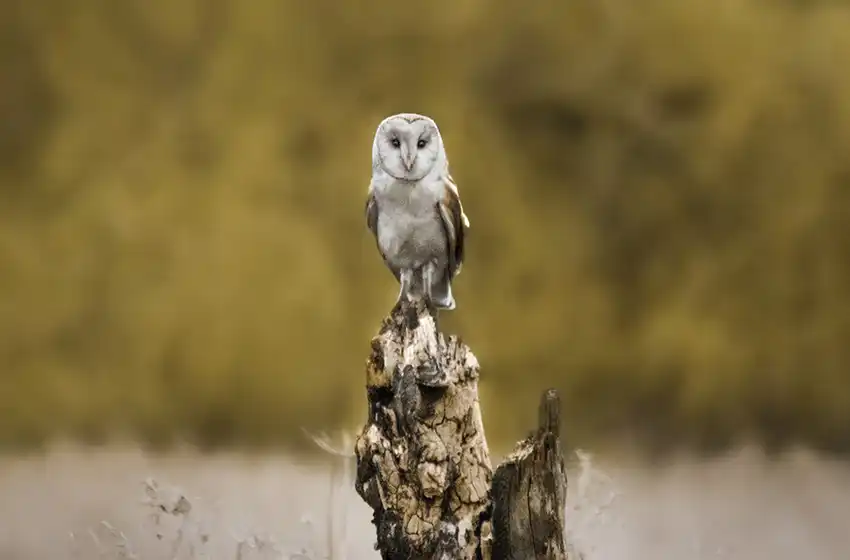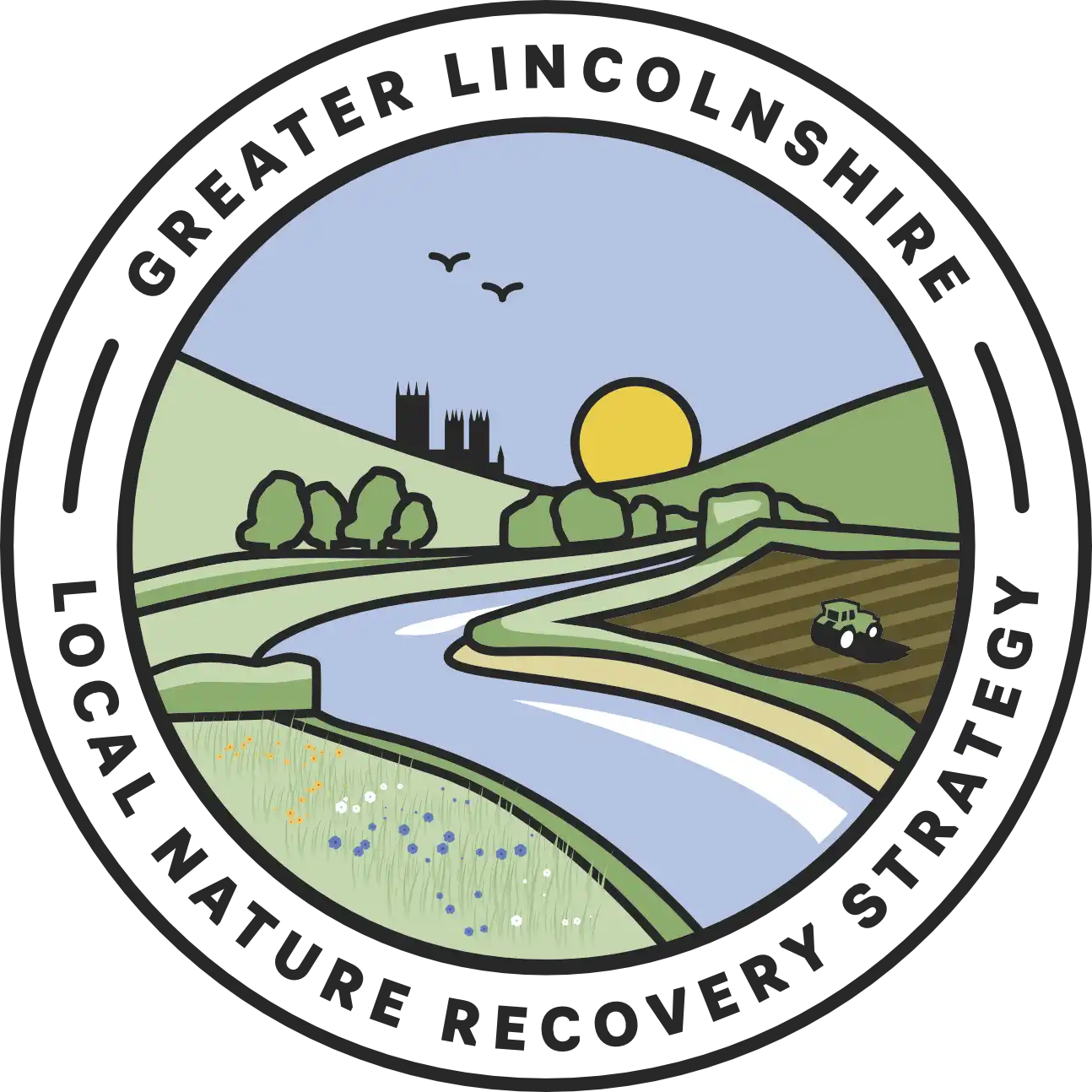Greater Lincolnshire Local Nature Recovery Strategy

What is a Local Nature Recovery Strategy?
Local Nature Recovery Strategies (LNRS) are a tool designed to guide action for nature recovery. They were introduced by the Environment Act 2021 to help achieve the targets set out in the Government's Environmental Improvement Plan, build the Nature Recovery network and improve nature locally for the benefit of wildlife and people.
What will LNRSs do?
Across England, in 48 LNRS areas, a wide range of local people, businesses and organisations will work together to identify local priorities and opportunities for nature recovery. LNRSs will give local people and organisations an opportunity to have their say on what nature recovery should look like and how it will be achieved.
- Map areas of existing good habitat.
- Identify local priorities and ways to achieve these.
- Map the best areas to achieve these priorities and provide wider environmental benefits.
What Local Nature Recovery Strategies will include
Statement of Biodiversity Priorities
Using local knowledge and expertise the statement will describe Greater Lincolnshire and its biodiversity, and will identify local people's priorities and potential opportunities for recovering or improving biodiversity. The Statement will propose ways to achieve those priorities.
Local Habitat Map
Showing areas of existing good habitat, and areas of opportunity to recover nature that also provide wider benefits e.g natural flood management. Once the strategy is reviewed, the map will also show where nature recovery actions have been taken that help achieve the priorities identified.
How we are managed and formed
The Regulations and Guidance for LNRSs were released in April 2023, with the official appointment of Responsible Authorities for the 48 LNRS areas following shortly after, in June of 2023. The Strategy will be reviewed every 3-10 years. Lincolnshire County Council has been appointed as the Responsible Authority for Greater Lincolnshire.
To produce the LNRS, Lincolnshire County Council is working in close partnership with North Lincolnshire Council, North East Lincolnshire Council and Greater Lincolnshire Nature Partnership, with support and guidance from Natural England. Currently, the Greater Lincolnshire LNRS is in its early stages of project planning and organisation. Updates on its progress will be shown on the website as and when progress is made.





What will LNRS be used for?
The LNRS will be used, in planning, as a tool by decision makers to help guide mandatory Biodiversity Net Gain (BNG). Farmers and land managers will be able to use the LNRS to understand the potential of their land for strategic nature recovery actions, which will be supported through funding from Environmental Land Management Schemes and other funding mechanisms.
How can I be involved?
Engagement with local people, businesses and organisations is a key focus of the LNRS and what makes it different from previous environmental initiatives. With Greater Lincolnshire being a highly agricultural county, farmers and land managers will be particularly vital in ensuring that the strategy can be delivered.
We are currently analysing the results coming out of the public survey held between September-December 2023, where we asked you a series of questions to capture your thoughts on nature and its recovery in Greater Lincolnshire. The results of the survey will be reported on later this year.
If you are interested in getting involved in the LNRS or becoming a delivery partner, please contact us using the email provided.
info@glincslnrs.org.uk
Manor House St,
Horncastle,
LN9 5HF
